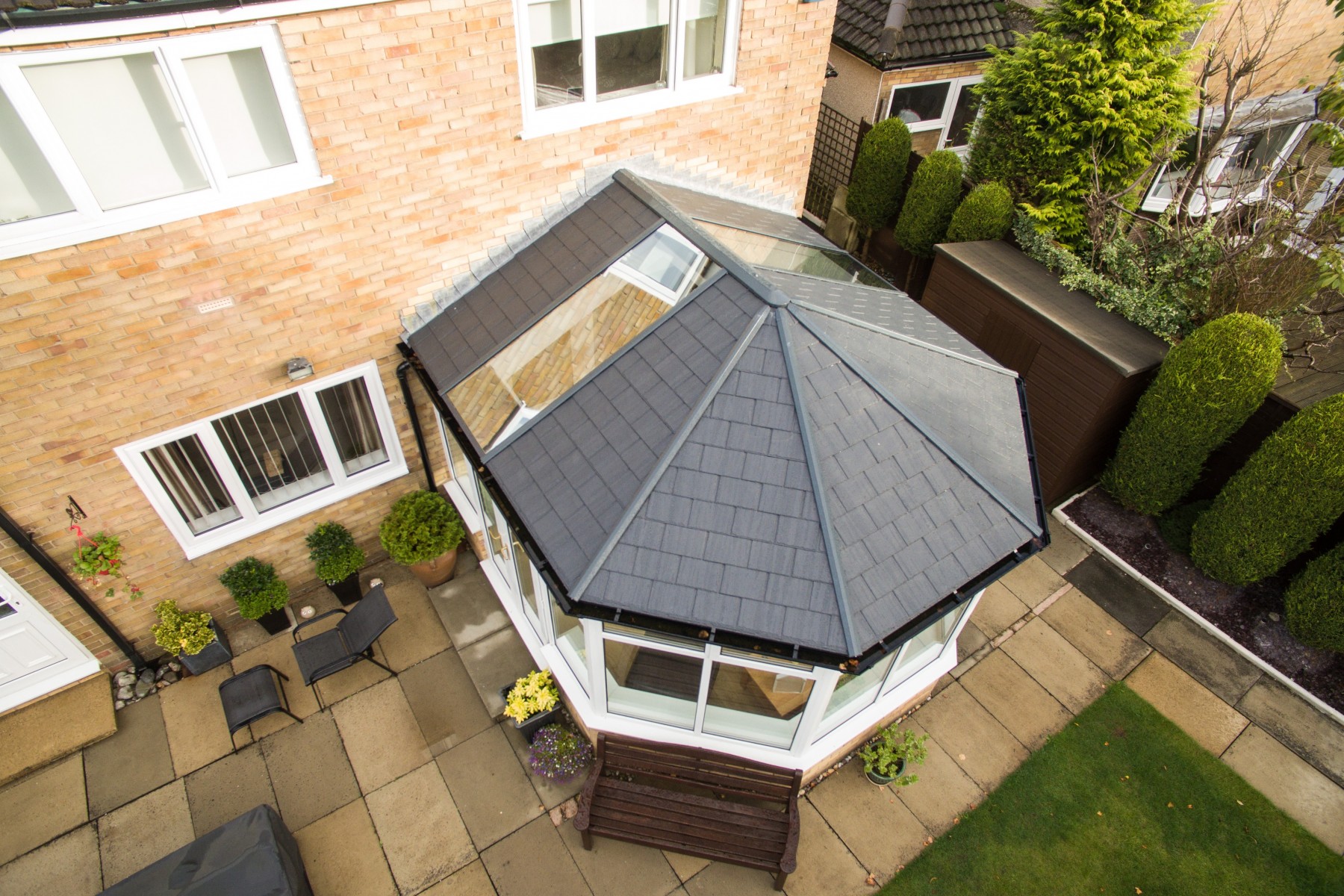Roof Replacement in the UK: Protecting Your House from the Parts
Roof Replacement in the UK: Protecting Your House from the Parts
Blog Article
In the UK, the roof of a house is subjected to various weather conditions year-round. The constant exposure to weather conditions, from heavy rain and snowfall in winter to high winds and fluctuating temperature can wear down roofing materials. Over time, these environmental factors can lead to roof damage, and in some cases, replacement is the best solution. It is an expensive undertaking to replace a roof, but is necessary for the home's structural integrity and to prevent future repairs. Whether the roof is leaking, aged, or damaged, knowing when and how to replace it is crucial to ensure the continued protection of your property.
Most roofs in the UK are either made of slate, felt or tile. Each has its own life expectancy and needs for maintenance. Slate roofs, common in older homes, can last up to 100 years but may begin to degrade after several decades if not properly maintained. Clay and concrete tiles are also widely used, offering a solid 40 to 60 years of durability. Felt roofs, often seen on flat roofs, generally need replacement after 20 to 30 years. Homeowners should also consider factors such as roof pitch, underlay condition, and ventilation when evaluating roof health. A roof inspection by a certified roofing contractor can provide a thorough assessment and confirm whether repairs or a full replacement are needed. Regular inspections can catch early signs of deterioration and help avoid costly damage later on.
In the UK, replacing a roof requires careful planning. This is especially true when selecting materials to meet local weather and building requirements. For listed properties or houses in conservation zones, specific tiles and slates may be required to match the original aesthetic. In addition to their aesthetic appeal, materials should be able to withstand the regional climate, especially in regions prone heavy rain or high winds. Homeowners often opt for tiles or slates due to their durability and classic appearance, but modern alternatives such as composite or synthetic tiles are also gaining popularity for their lightweight design and energy efficiency. Replacing a roof is also an opportunity to improve insulation and ventilation, helping to lower energy bills and increase indoor comfort. A good contractor will take all these factors into account and offer guidance on the best solution for each home.
The process of Typical roof replacement prices in the UK can be complex and time-consuming, often requiring the expertise of a professional roofing contractor. The first step involves a thorough inspection of the roof to assess the extent of the damage and determine whether a full replacement is necessary. Once this has been established, the old roofing material is removed, and the structure is prepared for the new roof. The decking underneath the roof material, the support layer for it, may need to be repaired or replaced. The roof is then covered with a new material. Options include traditional slates and tiles, as well as more modern options like synthetic or metal tiles. The process usually takes several days to complete, depending on the size of the property and the complexity of the roof. To obtain additional information kindly look at www.roofadvisor.co.uk/how-much-does-a-roof-replacement-cost-in-the-uk/
Timing the project correctly can make a significant difference in the ease and success of a roof replacement. In the UK, the best time to undertake such work is during the late spring, summer, or early autumn months when the weather is generally more stable. The wind and rain can create delays, particularly if the construction exposes large sections of roof. However, emergency replacements may be required at any time of year, particularly if a roof has suffered storm damage. Booking a contractor ahead of time can reduce the wait during busy seasons. The homeowner should make other logistical arrangements, including informing their neighbours of the upcoming construction, setting aside parking spaces for vehicles and planning for possible noise. With a realistic timeline and good communication, the replacement process can be managed with minimal inconvenience.
While roof replacement can be a significant investment, it is essential to view it as an investment in the long-term safety and value of the home. Roofs that are well constructed protect the house from damage caused by weather, increase energy efficiency and improve curb appeal. The cost of roof replacement in the UK can vary greatly depending on the size of the property, the roofing materials chosen, and the complexity of the installation. On average, homeowners can expect to pay anywhere from PS3,000 to PS7,000 for a new roof. Although the cost of a new roof may be high at first, you should consider its long-term value. Most contractors offer financing, which makes it easy to spread the costs of the project.